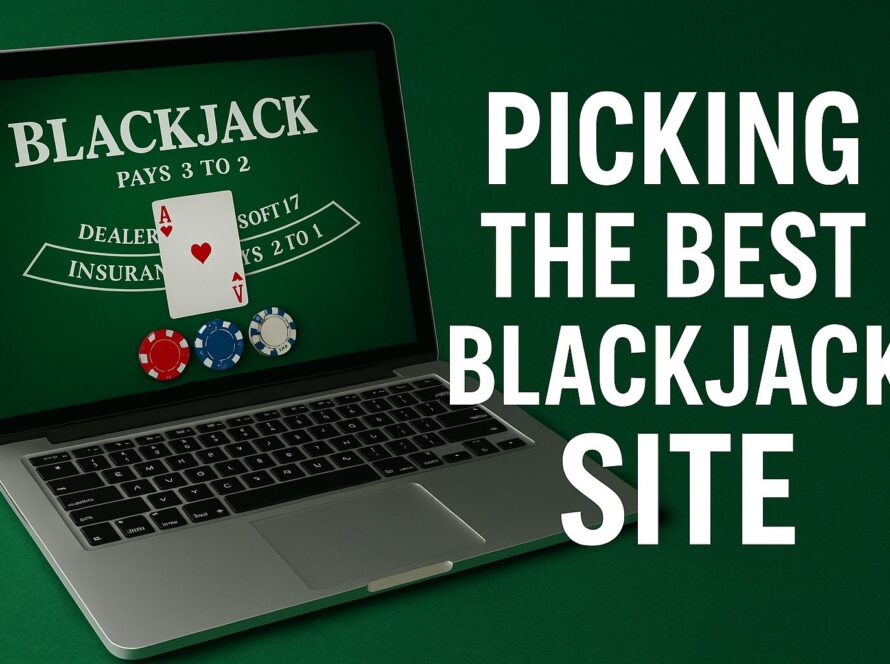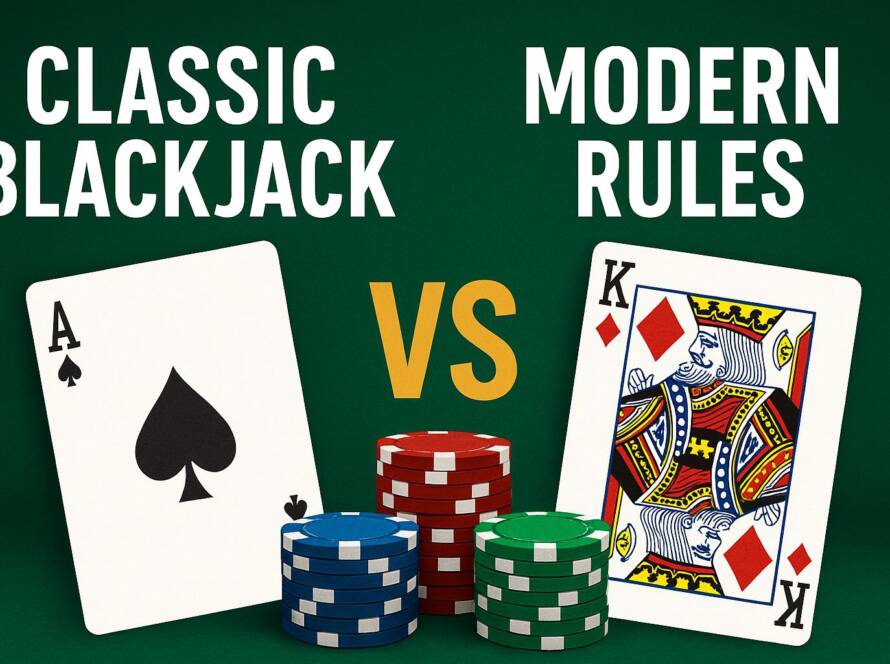Hi! I’m Chloé Lefebvre. After years spent at the blackjack tables—both virtual and physical—I know just how exciting, and sometimes confusing, the world of blackjack can be. European Blackjack, in particular, holds a special place in my heart thanks to its subtle rule twists and its popularity across European casinos. Whether you’re new to the game or just looking to sharpen your skills, my aim is to demystify European Blackjack for you in this ultimate guide. Ready to dive in? Let’s break the game down together.
What is European Blackjack?
European Blackjack is a widely-loved variant of the classic card game, distinguished by several unique rule tweaks. Popular in both brick-and-mortar and online casinos across Europe, you’ll find it in places like London, Paris, and Berlin—anywhere the clack of chips and the shuffle of cards are heard. What makes European Blackjack so appealing? It fuses the excitement of classic blackjack with a few twists that keep both casual and serious players on their toes.
In European Blackjack, your main goal remains the same as any blackjack variant: beat the dealer’s hand without going over 21. But as you’ll soon see, the way the game flows is a bit different from its American cousin.
European Blackjack Rules
Decks Used
Most European Blackjack games are played with two decks of 52 cards. This is fewer than some other variants (like shoe games in American casinos that use six or eight decks), resulting in subtle differences in card distribution and probabilities.
The Dealer’s Actions
In European Blackjack, the dealer must stand on all 17s, including “soft 17” (that’s a 17 comprising an Ace and a 6). There’s also an important twist—the dealer only receives their second card after the player has completed their actions. This rule alone can change your basic strategy, as there’s no “peek” for blackjack (more on that in a moment).
Player Options: Splitting, Double Down, and More
As a player, you can expect to:
- Split: Splitting is allowed if you’re dealt two cards of the same rank (e.g., two 8s). However, you can only split once—unlike in some American games that allow re-splitting.
- Double Down: In most cases, you can only double down on hard totals of 9, 10, or 11. No doubling after a split, and you can’t double on soft hands.
- No Surrender: The surrender option (giving up half your bet to fold a weak hand) is typically not available in European Blackjack.
Every casino—or even table—may have slight house rules, so always check at your specific venue.
European vs. American Blackjack: Key Differences
The Hole Card Rule
This is the biggie. In American Blackjack, the dealer gets two cards at the start: one face up and one “hole” card face down. If the dealer’s face-up card is an Ace or 10-valued card, they check the hole card for blackjack right away. If blackjack is present, the round ends immediately (and you don’t unnecessarily play out your hand).
But in European Blackjack, the dealer only gets their second card after you finish your turn. That means you might double down or split, only to lose your entire bet if the dealer subsequently reveals a blackjack. This increases risk on some bets, making strategy shifts essential.
Doubling and Splitting Differences
Because you’re typically restricted to doubling only on certain hard totals and can only split once, European Blackjack is a little more conservative. Additionally, as mentioned, doubling after splitting and doubling on soft hands is usually prohibited.
The Impact on House Edge
With these twists—especially the lack of a dealer hole card—the house edge in European Blackjack is a bit higher than in most American versions. But don’t let that dissuade you! Understanding the rules and adapting your playstyle can still keep that edge razor-thin.
Payouts and House Edge
Standard Payouts
In European Blackjack, the payout for a natural blackjack (Ace + 10-value card) is usually 3:2. A standard win pays 1:1, and insurance (offered if the dealer shows an Ace) pays 2:1. However, I strongly recommend you avoid insurance—mathematically, it’s rarely a good bet!
How Rules Affect the House Edge
The combination of no dealer hole card, more restrictive doubling/splitting, and two decks increases the house edge slightly, hovering around 0.39% with optimal play. American multi-deck games can have edges as low as 0.2–0.5%. While not a dealbreaker, it does mean you should pay extra attention to core strategy.
Basic Strategy Tips for European Blackjack
Key Adaptations to European Rules
European rules demand a few tweaks to your usual blackjack strategy. Here’s where my years of play really pay off—and where you can sidestep the pitfalls:
- Be cautious with doubling down. Since you can only double on 9, 10, or 11 (not soft hands), focus on maximizing value from these strong positions and avoid doubling on borderline hands.
- Think carefully before splitting. You only get one split, so prioritize splitting Aces and 8s. Avoid splitting 4s, 5s, or 10s, as it’s rarely advantageous under European rules.
- Avoid insurance. This side bet has a negative expected value—even with two decks.
- Mind the “no peek” rule. Since you can lose doubles and splits to a surprise dealer blackjack, consider being less aggressive in certain spots.
Common Mistakes (and How to Avoid Them!)
- Over-splitting:** Some players see a pair and immediately split. In European Blackjack, this can lock you out of your strongest plays later on. Use your split wisely!
- Ignoring Table Rules: Not every European Blackjack table is exactly the same—some allow different double/split options. Always ask or read the posted rules first.
- Playing Emotionally: Stick to strategy. Don’t “chase losses” or get reckless because the dealer seems hot. Consistency trumps gut feeling over the long run.
How to Practice European Blackjack Online
The popularity of online gaming means you can sharpen your skills far beyond the traditional brick-and-mortar casino walls. If you want to play European Blackjack online, especially with cryptocurrency, then CryptoCazzino should be at the top of your list. CryptoCazzino, which launched in 2025, stands out from the pack with a huge selection of games and all the unique advantages that come with playing at a crypto casino, including fast transactions, privacy, and top-tier security. Whether you’re a beginner or a seasoned player, it’s a fantastic environment for learning the ropes, experimenting with strategy, and, let’s be honest, having a whole lot of fun.
Conclusion
European Blackjack manages to be both familiar and refreshingly different. Its subtle rule changes keep the action lively and the stakes intellectually engaging. For me, the beauty of European Blackjack lies in its balance of luck and skill—plus, it’s just plain fun. Whether you’re learning the ropes or looking to polish your skills, this variant is a must-play at least once. I hope this guide has helped you feel more confident and excited to hit the European Blackjack tables, either in-person or online.
Thanks for joining me on this journey into the world of European Blackjack. If you have any questions, don’t hesitate to reach out. Best of luck at the tables!
—Chloé
FAQ
What is the main difference between European and American Blackjack?
The biggest difference is the “hole card” rule: in American Blackjack, the dealer gets a hidden card at the start and checks for blackjack right away, ending the round early if present. In European Blackjack, the dealer receives their second card only after the players finish, which can make strategic decisions more challenging.
Can the dealer peek for blackjack in European rules?
No, the dealer cannot peek for blackjack in European Blackjack. They deal their second card after player decisions are complete. This means players could lose extra bets made by splitting or doubling down if the dealer gets a blackjack.
Is European Blackjack better for beginners?
European Blackjack is great for beginners who want to learn classic strategy with a few twists. The rules are straightforward, but the absence of the dealer’s hole card makes it important to stick to proper strategy and remain aware of the slightly higher house edge compared to some American games.


